Have you ever caught your cat staring out the window like they’re plotting world domination or pouncing on your feet as if you’re their prey? While our furry friends have made themselves at home on our couches and in our hearts, they’re still little hunters at their core. Those quirky habits that make you laugh are remnants of their wild ancestors’ survival instincts. From stealthy stalking to peculiar grooming rituals, your cat’s behavior is more primal than you might think. Let’s uncover the wild side of your cuddly companion with these ten fascinating instincts they’ve held onto.
Purring

One of the most common and soothing sounds a cat makes is purring. While domesticated cats often purr when happy, this behavior actually has its roots in the wild. Purring has been identified as a self-soothing behavior that can also communicate contentment and reassurance to other cats, as well as a way to heal themselves since the frequency of purring is known to stimulate a cat’s bones and muscles. In the wild, this could be particularly useful when a feline is injured or needs to rest after hunting or escaping potential threats.
Kneading
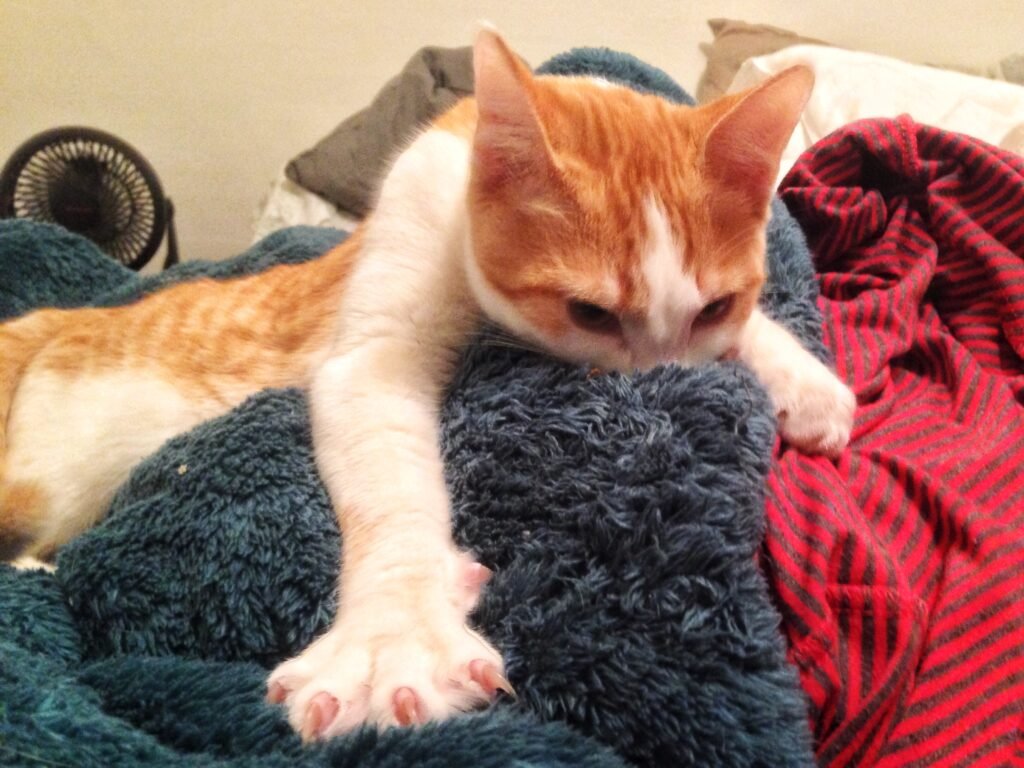
Kneading is a behavior where cats rhythmically push their paws against soft surfaces, reminiscent of a massaging action. This instinct originates from kittens who knead their mother’s belly to stimulate milk flow. In the wild, kneading can also serve to mark territory since cats have scent glands in their paws, and the behavior is thought to precede nest-building or preparing a resting area in the wild environments.
Hunting and Stalking
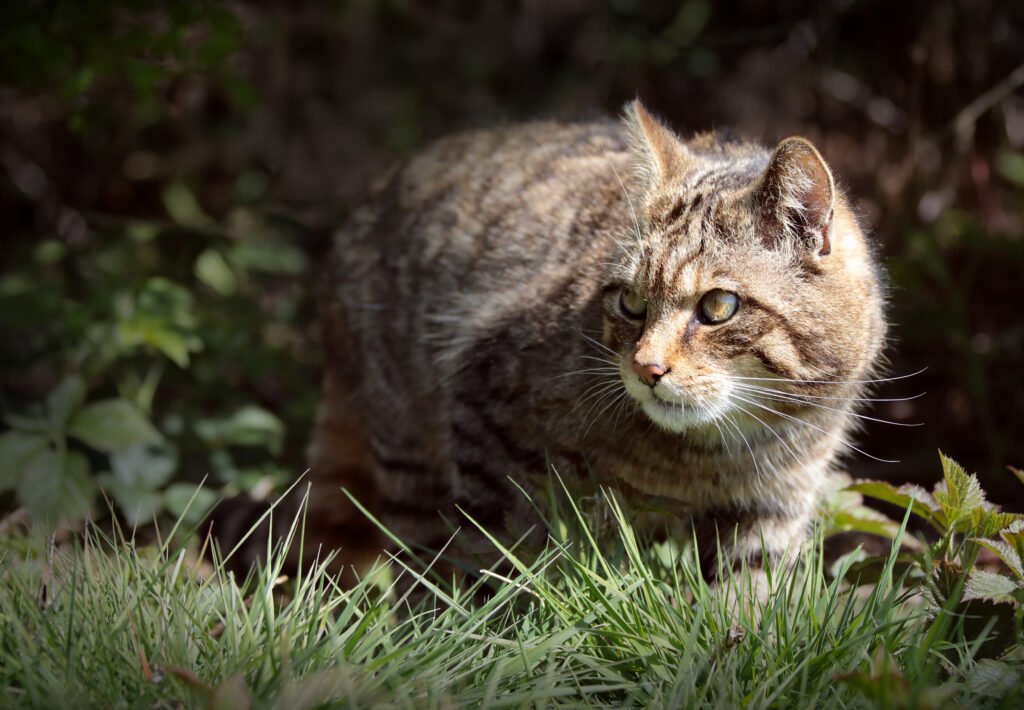
Domestic cats often exhibit hunting and stalking behaviors, aiming these instincts at toys or insects in the house. These actions are deeply embedded in their genetic code, demonstrating skills necessary for survival in the wild. A cat’s ability to silently stalk its prey, employ patience, and make a quick pounce is a fascinating remnant of its ancestry, crafted over generations to adapt to a world where securing a meal depended entirely on skill and strategy.
Bringing You “Gifts”
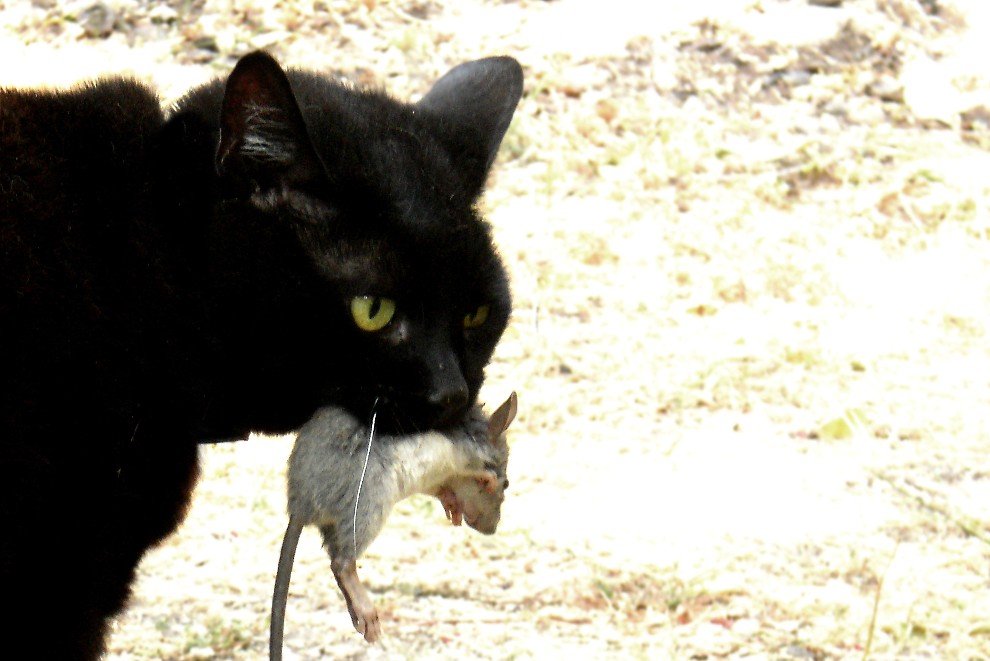
Many cat owners perplexedly discover “gifts” from their feline companions, ranging from mice to birds. This gifting behavior is tied to a wild instinct. In the wild, mother cats bring back prey to their kittens to teach them how to eat and hunt. Your cat may be attempting to involve you in this natural education process or show appreciation, treating you as part of their family unit.
Scratching

Cats love to scratch furniture or posts, a behavior that can be explained by their instinctual need to mark territory. In the wild, scratching serves dual purposes: keeping their claws sharp for hunting and climbing, and depositing scent markers through glands in their paws, establishing a marked tracery of territorial boundaries.
Nocturnal Activity
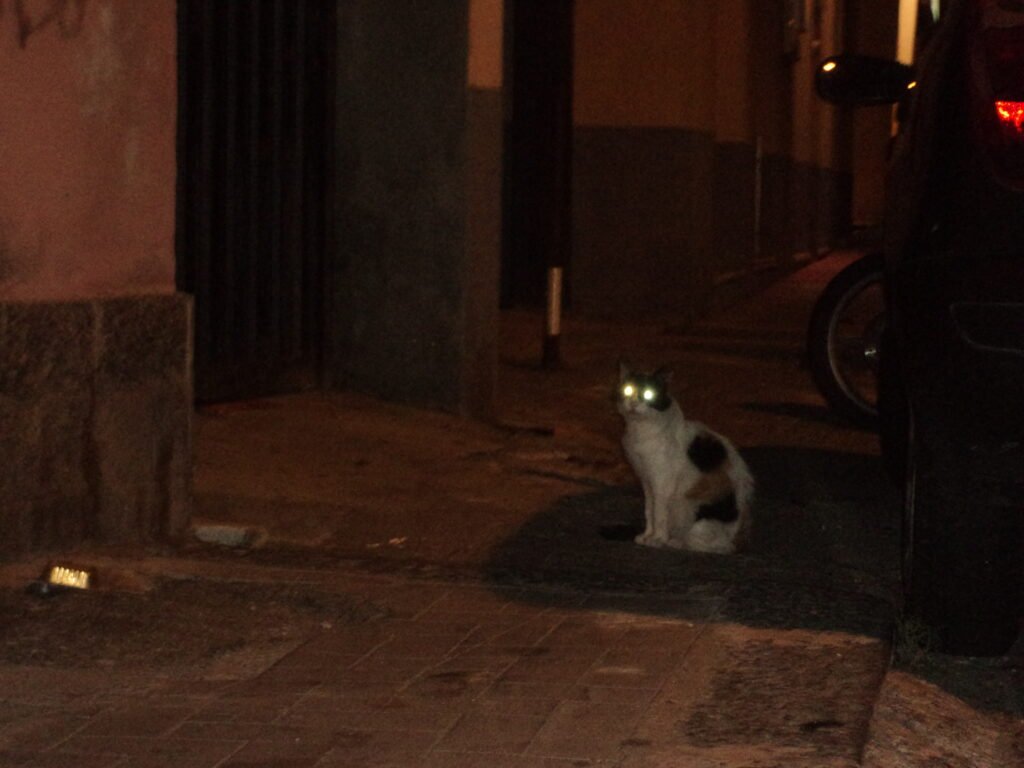
Your cat’s tendency to be more active at night is not arbitrary. Wild cats are naturally crepuscular, meaning they are most active during the dawn and dusk. This is a survival strategy, allowing them to avoid the heat of the day while hunting more effectively for prey, which is often more active during these twilight periods. Domestic cats retain this cycle, which explains their bursts of energy as the sun rises or sets.
Burying Excrement
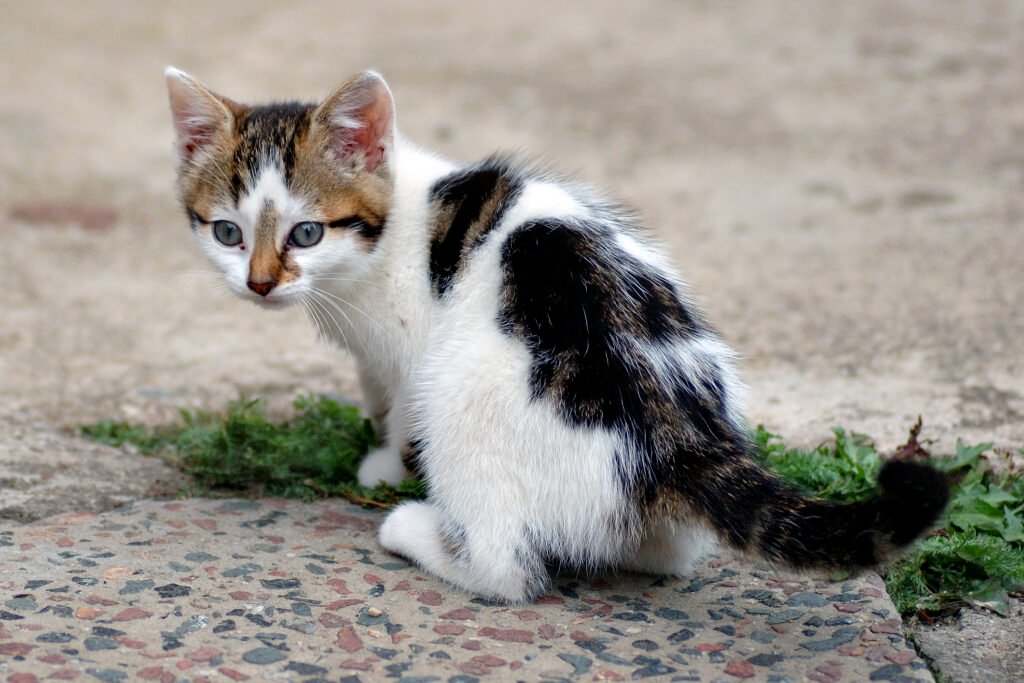
In the wild, burying waste is a survival tactic. It helps to conceal their scent from predators and prey alike, reducing visibility and trailing opportunities. While domesticated cats face fewer threats, this instinctual behavior remains evident when they diligently cover their waste in litter boxes.
Chattering
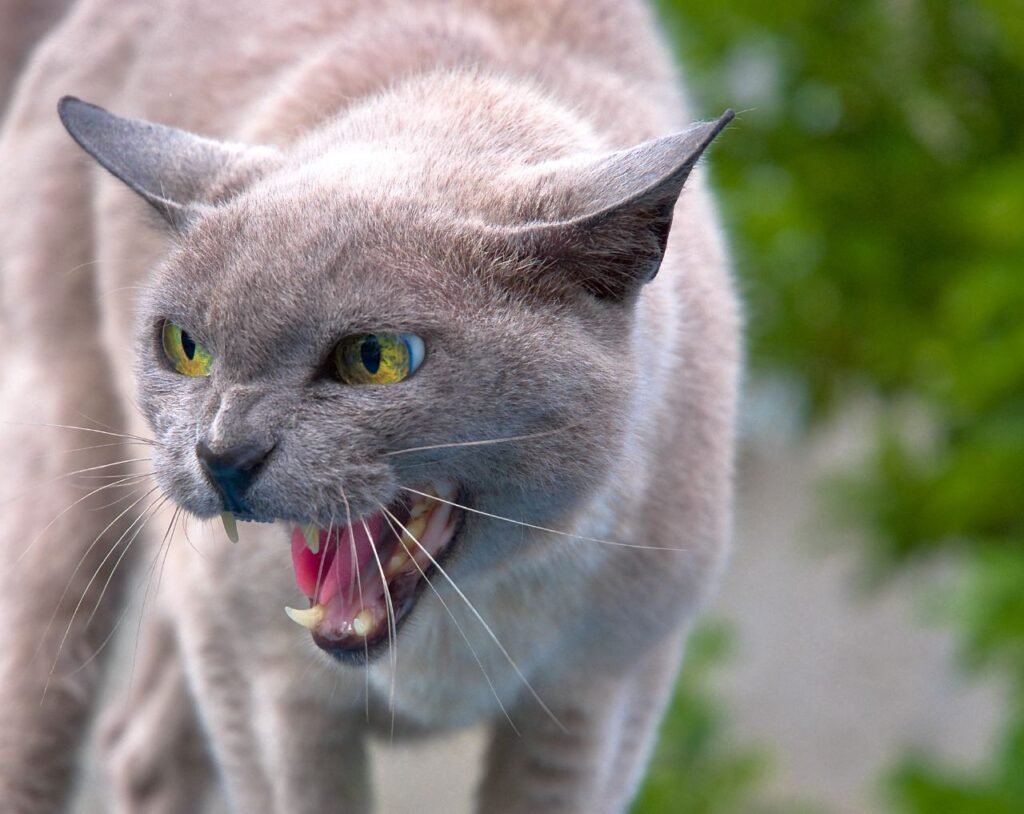
If you’ve noticed your cat make a quick, “chattering” noise when watching birds or small animals from a window, you’re observing a wild instinct. Though its purpose is debated, this behavior might be connected to their frustration at not being able to catch the prey, or it could mimic a “killing bite” vibration, something wild cats practice to efficiently dispatch a captured animal.
Tail Position
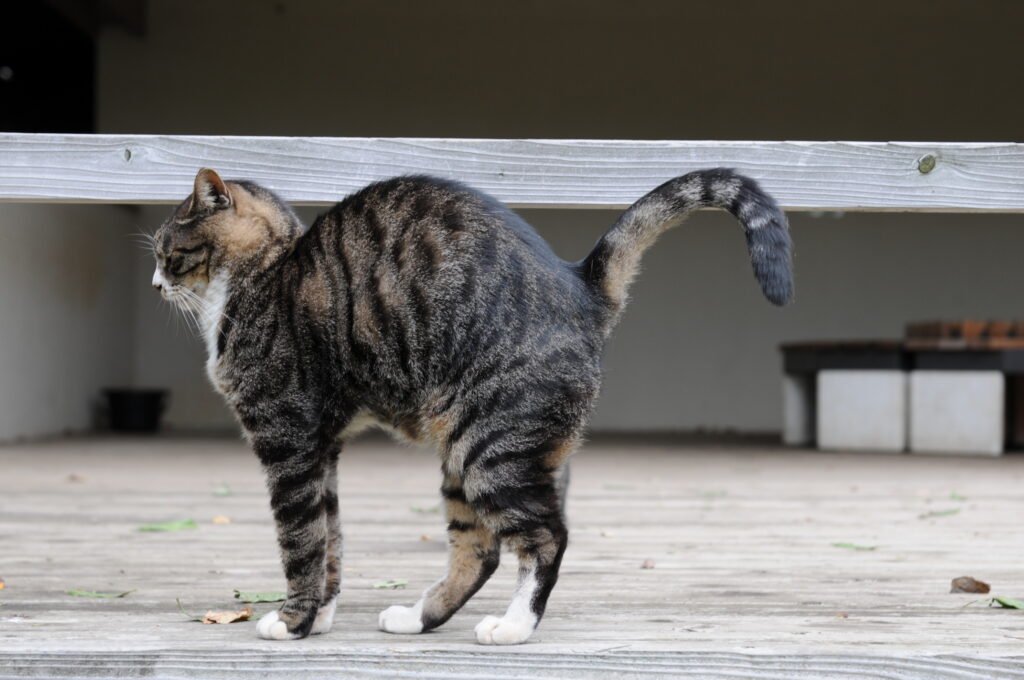
Cats use their tails as an important communication tool, an instinct inherited from their wild ancestors. A cat’s tail position and motion can express a range of emotions, from contentment to agitation. A twitching tail may indicate a focused concentration or forthcoming pounce, an action critical in hunting scenarios. Similarly, a quivering tail sometimes signals anticipation or excitement.
Grooming
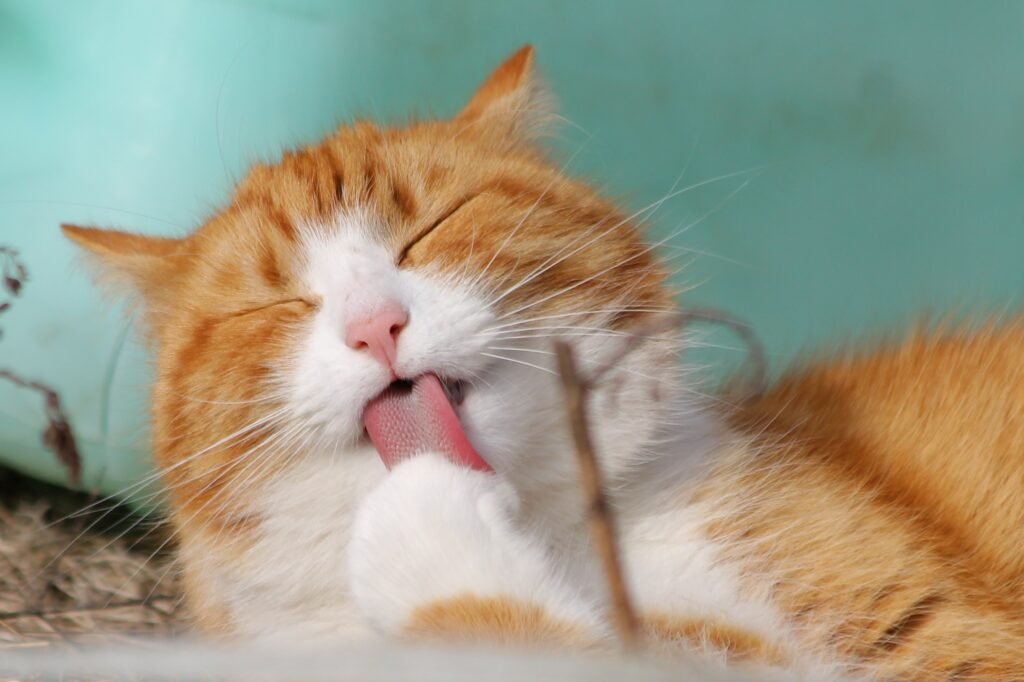
Finally, cats are notorious for their dedication to grooming. This behavior stems from wild survival necessities. Grooming helps remove odors that could attract predators, maintain body temperature, and remove parasites. For wild cats, staying clean is a matter of life and health, and even as domestic companions, cats maintain this fastidious habit.
Understanding these instinctual behaviors allows us to appreciate the intricate blend of wild ancestry and domestic life in our feline companions, shedding light on why they do the quirky and sometimes puzzling things they do.

Esther is from India; the heartbeat of South Asia, holding a Master’s degree in Zoology and a postgraduate diploma in Animal Welfare. Her enthusiasm for animal welfare drives her passion and dedication to work for animals, ensuring their well-being and advocating for their rights. With a solid academic background and hands-on experience, she is committed to making a positive impact in the field of animal welfare. In her free time, she enjoys embroidery and sewing. As a Chennaite from Tamil Nadu, Esther loves Bharathanatyam, an Indian classical dance form.






